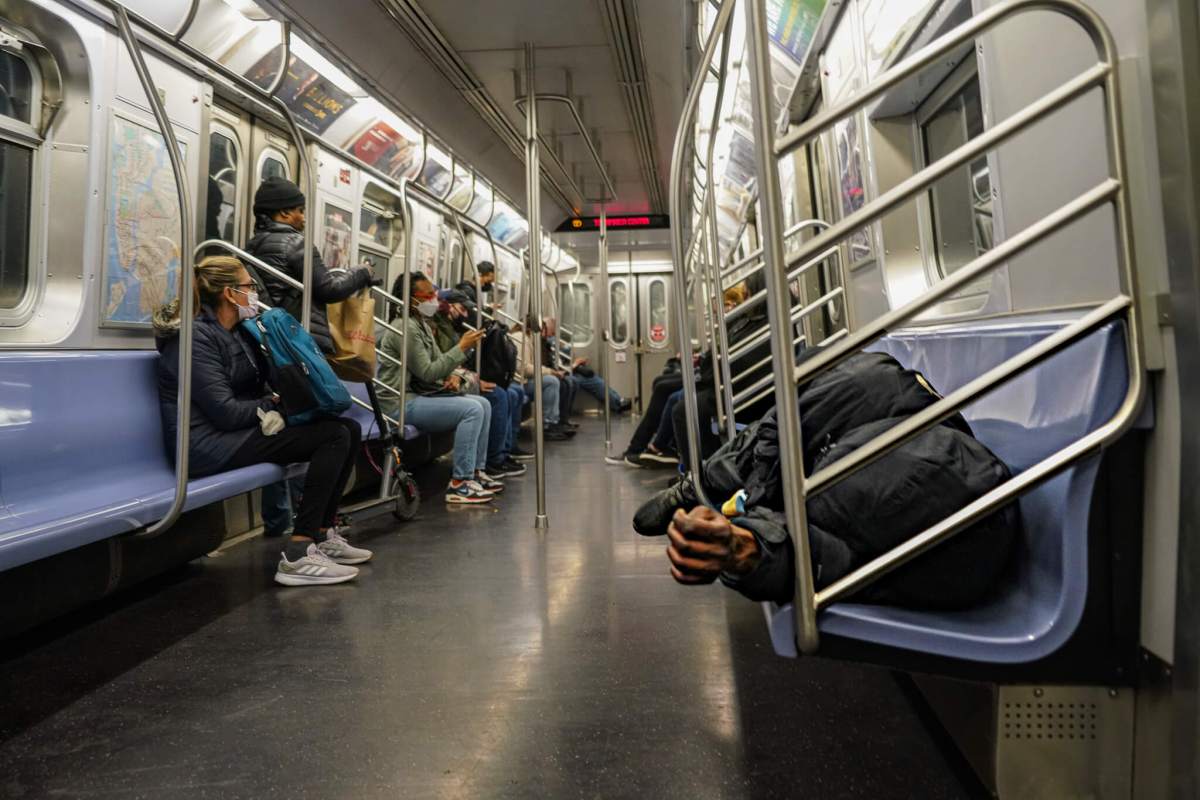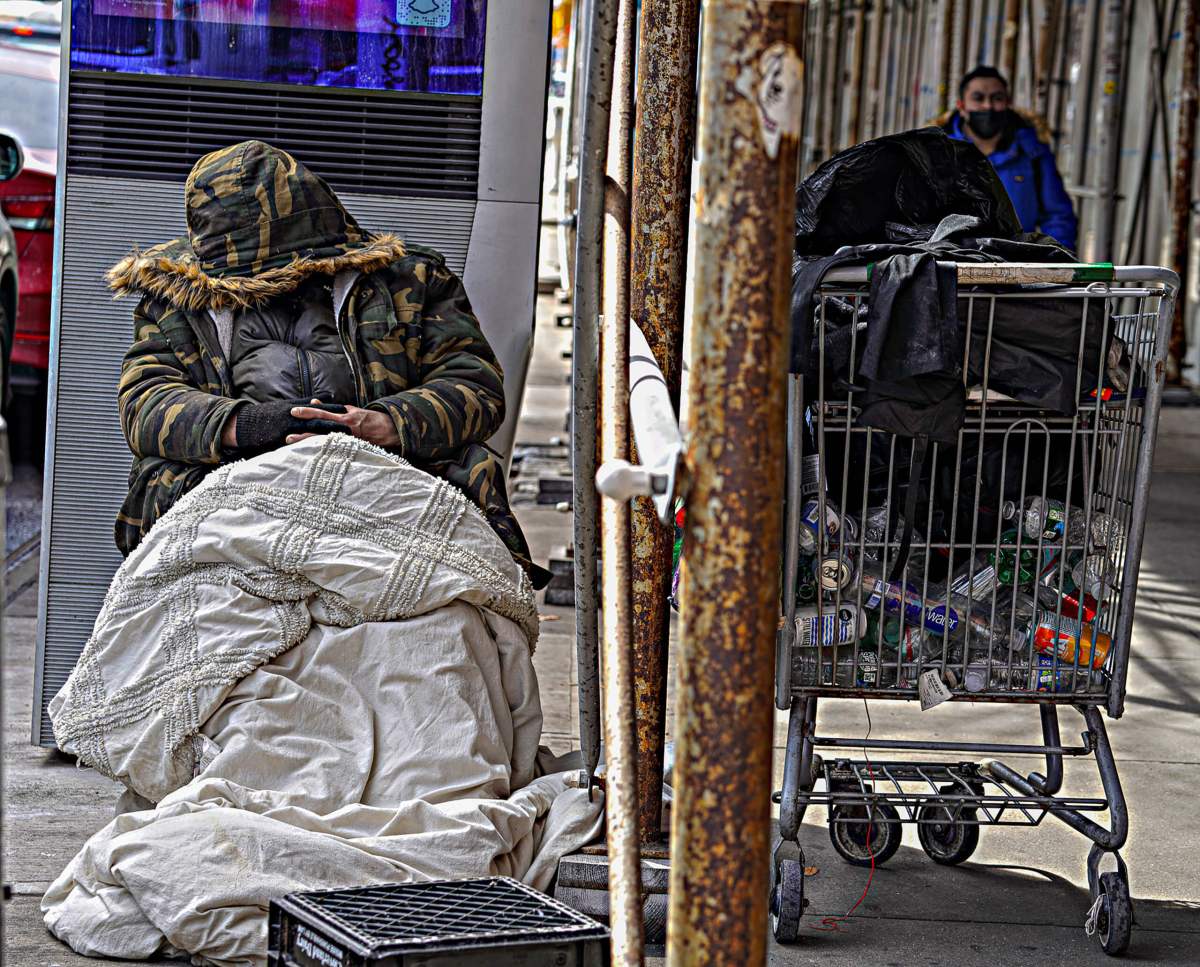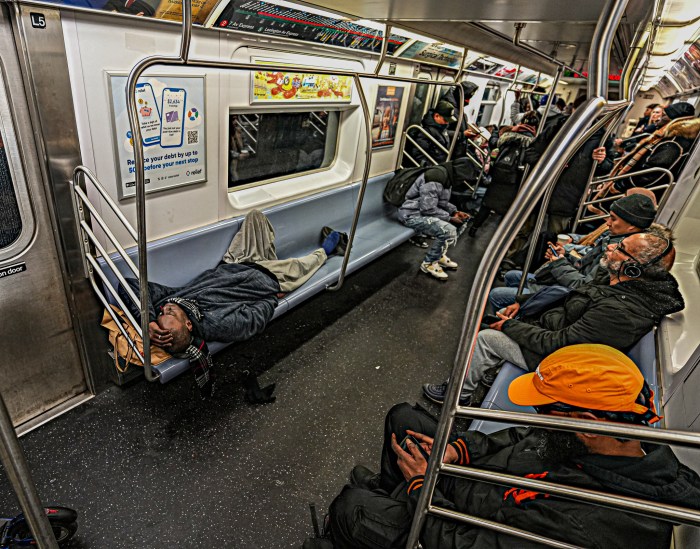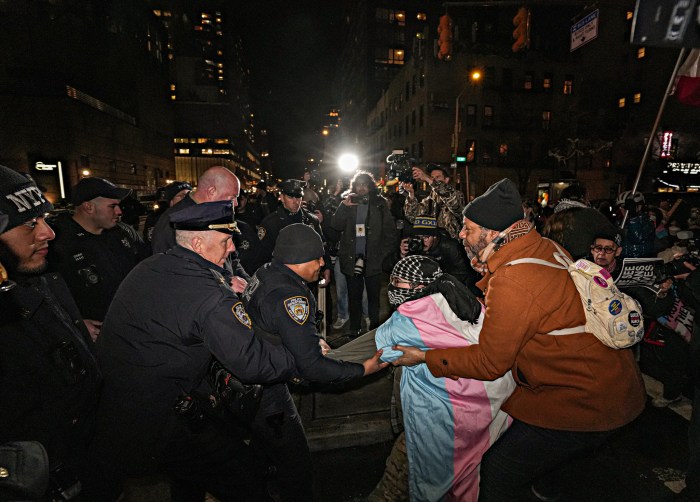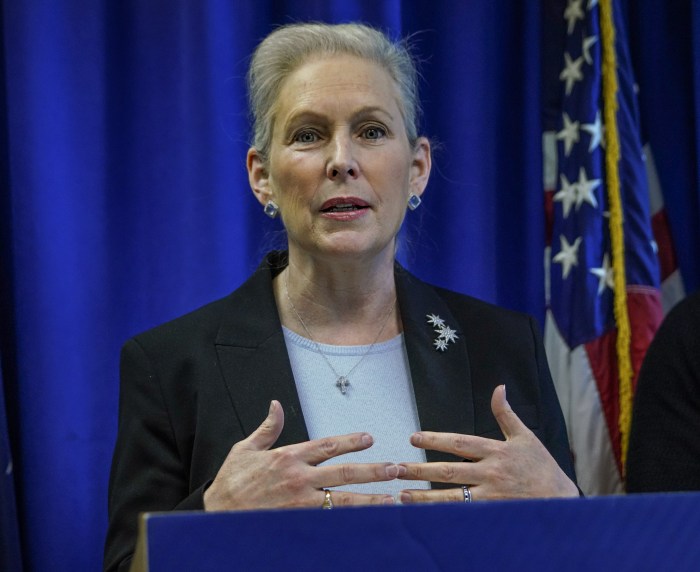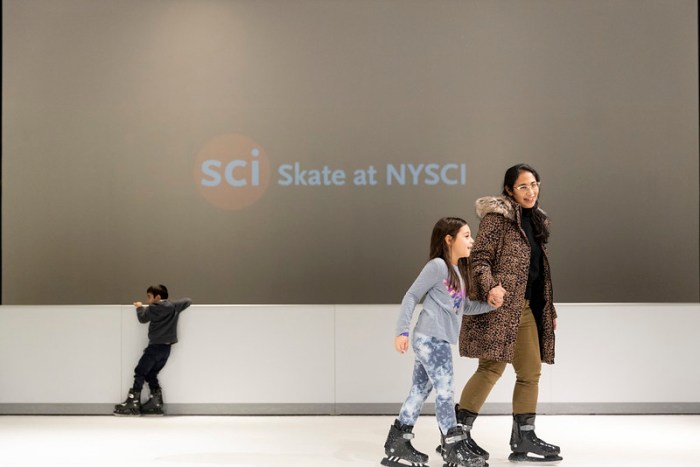Safety concerns for New York City’s homeless population continues to swirl following the systematic killings of the unhoused earlier this month.
Gerald Brevard III allegedly spent the beginning of March targeting the unhoused in New York and Washington D.C in brutal shootings that left both the public and police officials shocked by the cold-hearted nature of the crimes. And although the suspect was brought to justice in Washington in the early hours of March 15, the fear he spread continues to reverberate above and below ground.
If the sick rampage of homeless shootings achieved anything, it put a spotlight on just how susceptible homeless individuals are to harm when either sleeping on the streets or in the bowels of the subway system. On Tuesday, a report from the Coalition for the Homeless claimed that unhoused individuals in New York City died in record numbers last year.
At the height of the serial shootings earlier this month, Mayor Eric Adams urged those living on the street to take shelter and achieve a modicum of safety from a serial killer.
Yet, when Brevard was still at large, many of those staying mere blocks from where the gunman committed murder in SoHo refused to seek safety inside homeless shelters, telling amNewYork Metro that the shelter system is far worse than coming face to face with a murderer.
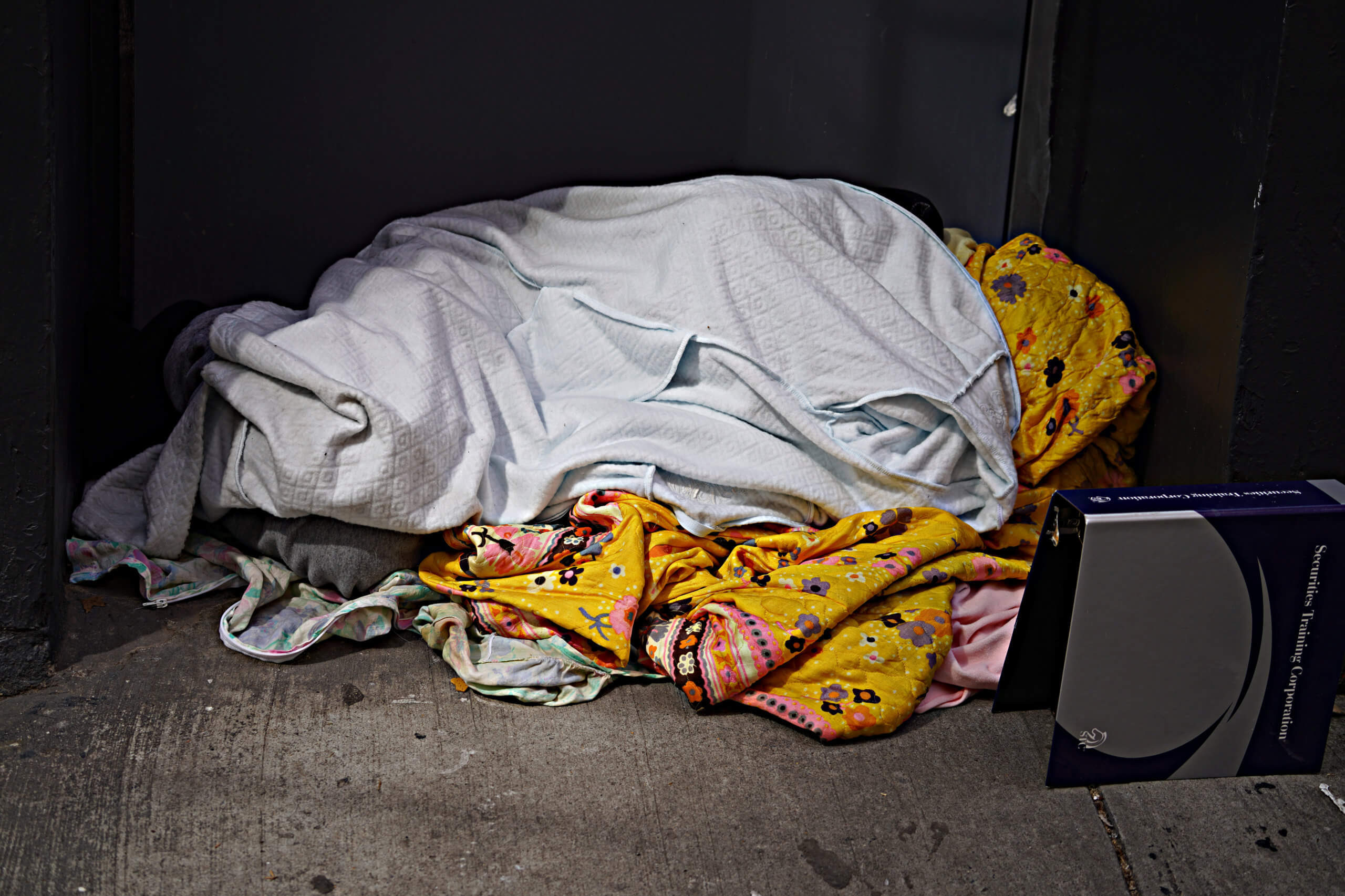
Michael Bellavista is a homeless man who sleeps wherever he can find some modicum of safety in Lower Manhattan. Although a life such as this is less than ideal, he maintains that it is more dignified than the shelter system.
Blaming the mayor for a lack of monetary support, Bellavista claimed there is no help for men like him.
“The mayor is not really doing anything to help the homeless. There’s funding that goes into the homeless shelters, and whatnot. But I think that money is being wasted or it’s being scavenged. And the homeless people are not getting what they deserve,” Bellavista said as he sat huddled in a train station. “The man should be doing more.”
Karim Walker, who was homeless from July 2019 to December 2020, agreed with Bellavista’s sentiments. Now working to aid the unhoused with advocacy group Human.nyc, Walker says the shelter system feels no better than prison.
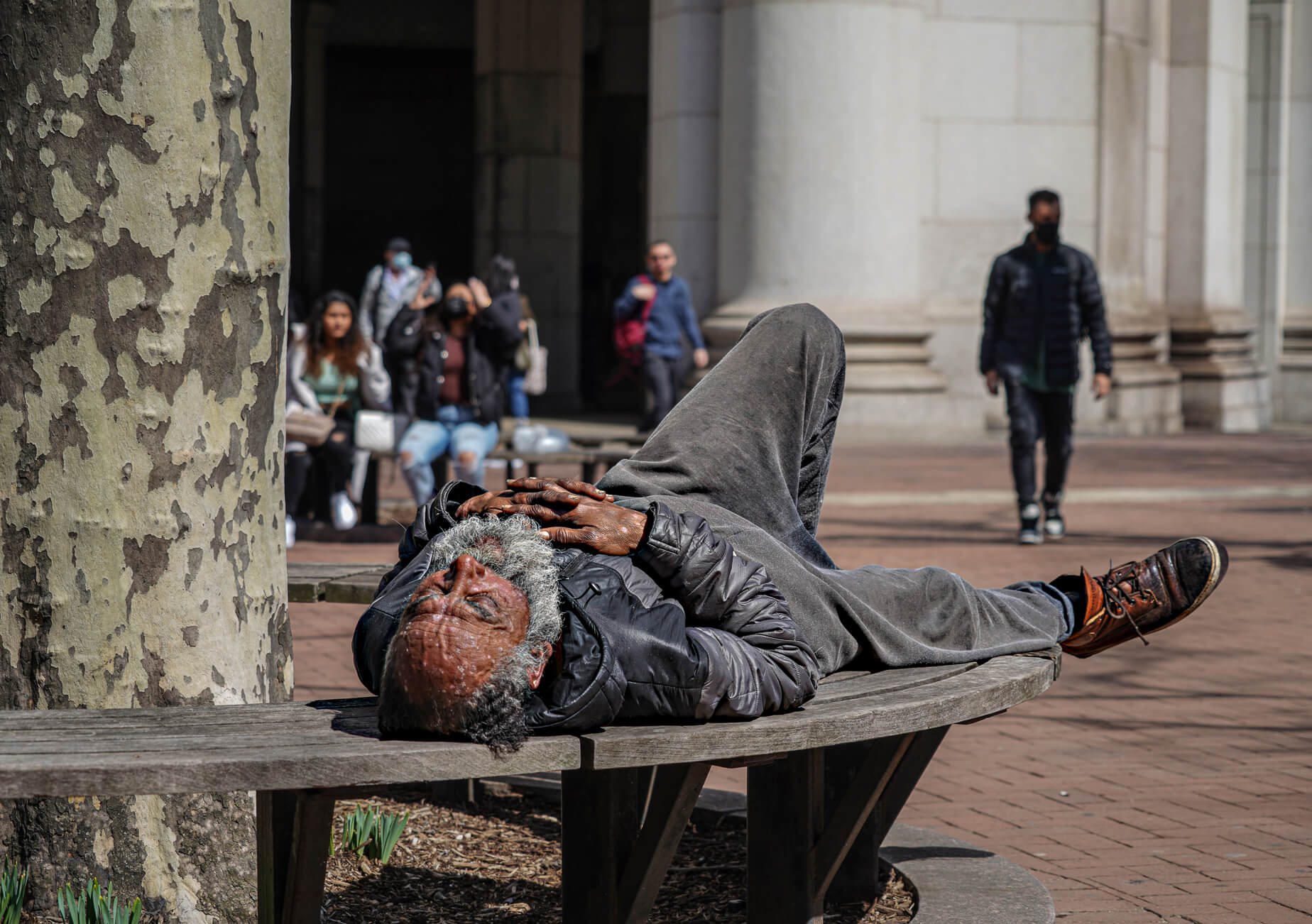
“It goes without saying that no one wants to live on the street. But a lot of us chose that because the shelters are either unsafe or unsanitary,” Walker said. “The shelters do nothing more than function as an extension of the prison system.”
It is not just one or two directly impacted people who say the current state of the city’s homeless shelters are not serving their purpose.
Corinne Low, co-founder of the Open Hearts Initiative — an advocacy group championing the rights of the homeless — says that no matter how dire things become on the streets, the situation is reportedly always worse on the inside and is demanding the mayor make a change.
“People are very worried about their safety, but at the same time, it’s not enough to make people risk going into the congregate shelter, which may be detrimental to their mental and physical health, and when there is an airborne virus circulating. So, Mayor Adams really needs to make more options available to protect people, in terms of opening up Safe Haven and stabilization beds,” Low told amNewYork Metro. “The data tells us that if people are offered private, dignified, safe accommodation, they will come inside and they will get help. So, the city knows exactly what they need to do to keep people safe, and it’s not chasing them around with cops–it’s offering dignified temporary or permanent housing.”
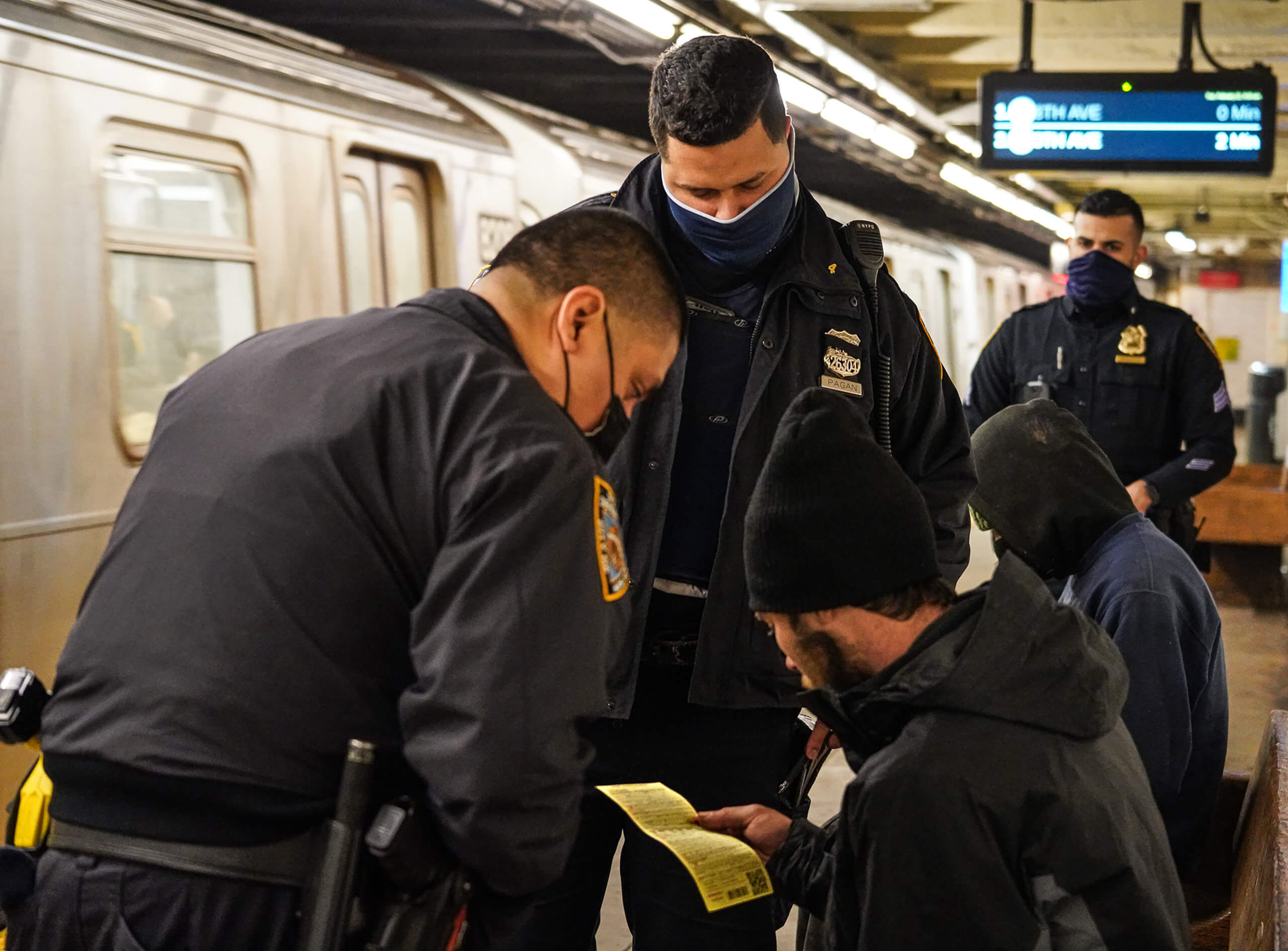
Criticism is also being levied at Mayor Adams for a new NYPD policy that sees those sleeping on the floors, seats, and benches of the subway slapped with summons and escorted outside.
According to Deputy Inspector Kenneth Gorman, commanding officer at Transit District 1, the NYPD does not see homelessness as a crime, but it is something they have to address in the subway system and they are there to offer services.
This, advocates believe, will lead to more deaths especially in colder months when people are seeking refuge from the inclement weather. However, it is currently unclear how strictly this new agenda is being enforced.
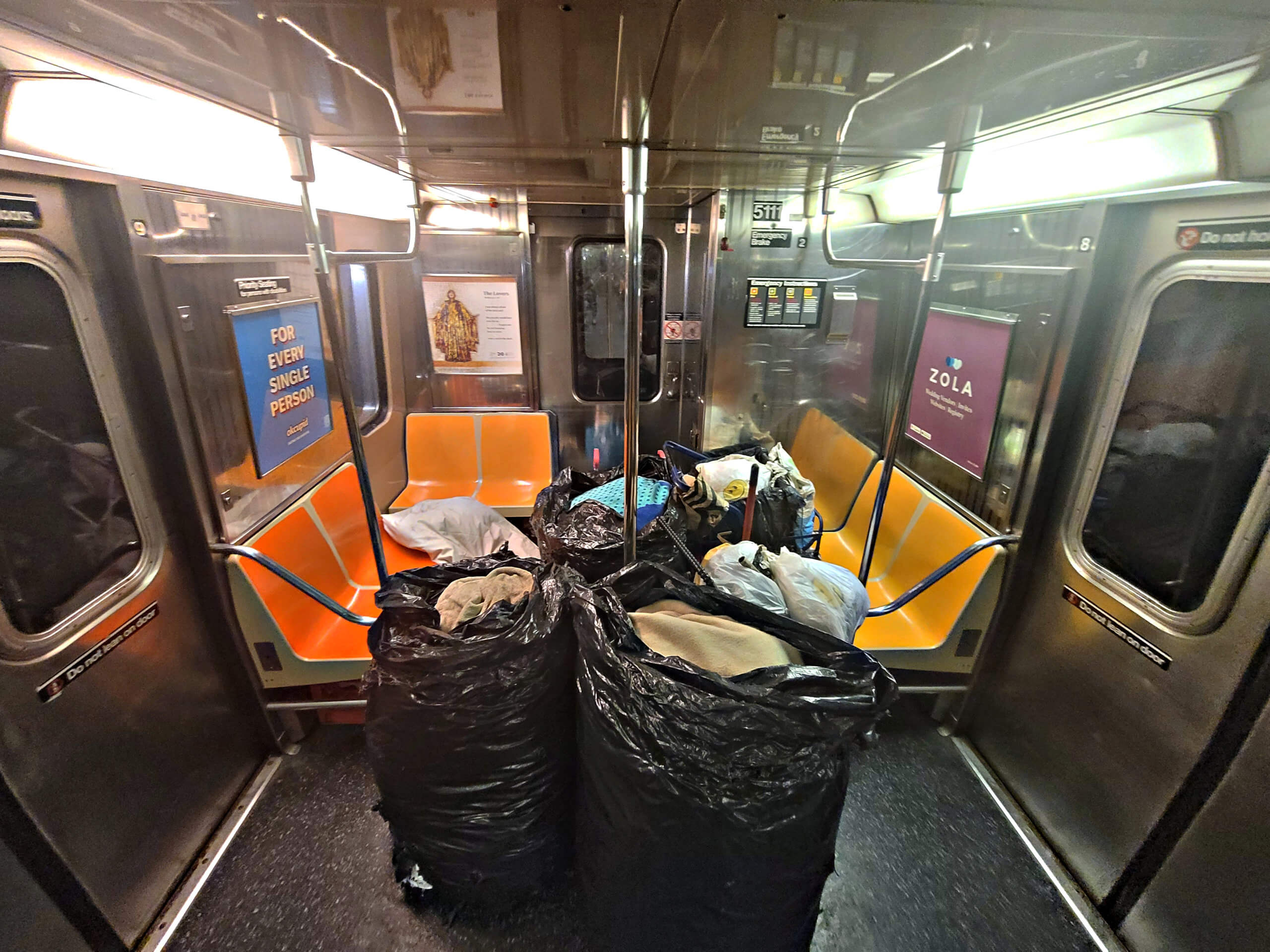
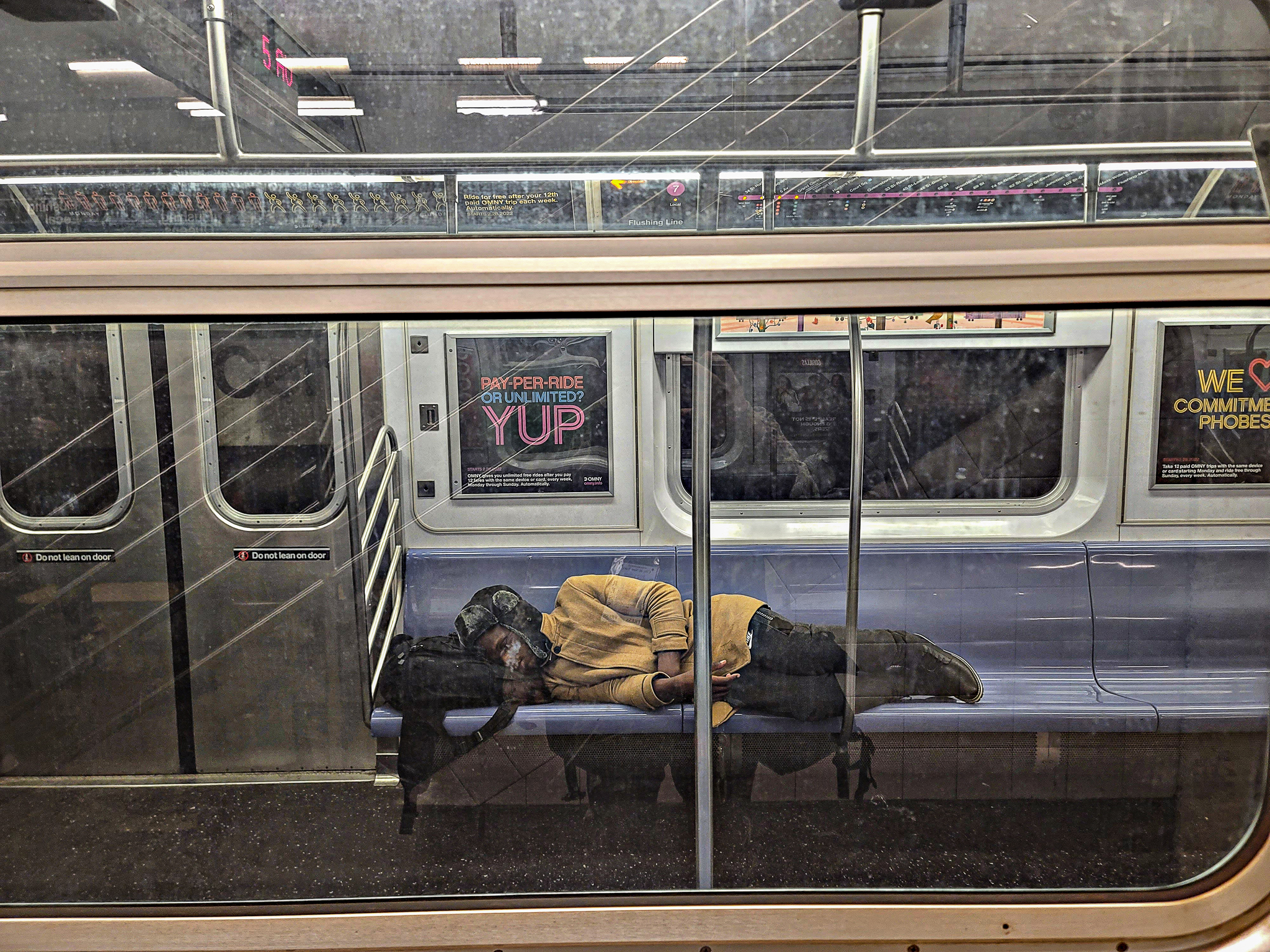
Riding the subway, it is still a common occurrence to spy dozing individuals sprawled out on rocking train cars or surrounded by mountains of belongings. For some this is a safety concern, for others it is an inconvenience, but more than it, it is also a cry for help.
Homeless survivor Shams DaBaron, known by the moniker Da Homeless Hero, told amNewYork Metro that it is currently impossible to be safe if you are homeless in New York City.
“Each day I walk the streets and ride the subways to talk with my homeless brothers and sisters and see what needs to be addressed. But what I already know from my own experience is that in a climate where people who are homeless are demonized by the media and by people who lack compassion, it’s impossible to be safe and secure, whether you’re on the streets and subways or in a congregate shelter,” DaBaron said.
For DaBaron, the only way he sees out of a circle of abuse on and off the streets is to completely alter the way these men and women are cared for. Until then more homeless will continue to perish amidst a seemingly uncaring world.
“To get homeless people off the streets the city has to provide a better alternative to the congregate shelters I consider to be death traps. The city has to end the use of these congregate shelters and reimagine what shelter should look and feel like,” DaBaron said.
In response to these claims a City Hall spokesperson told amNewYork Metro:
“The health and safety of our clients is our top priority, which is why we have made unprecedented investments to address decades of underfunding and transform the shelter system, and why we are constantly working to make improvements across our system. All New Yorkers in need are demonstrably safer sleeping in a city shelter than sleeping on the streets. We will continue to work every day to make New Yorkers aware of the resources available to them and provide them access to safe, clean places to rest their heads at night.”
